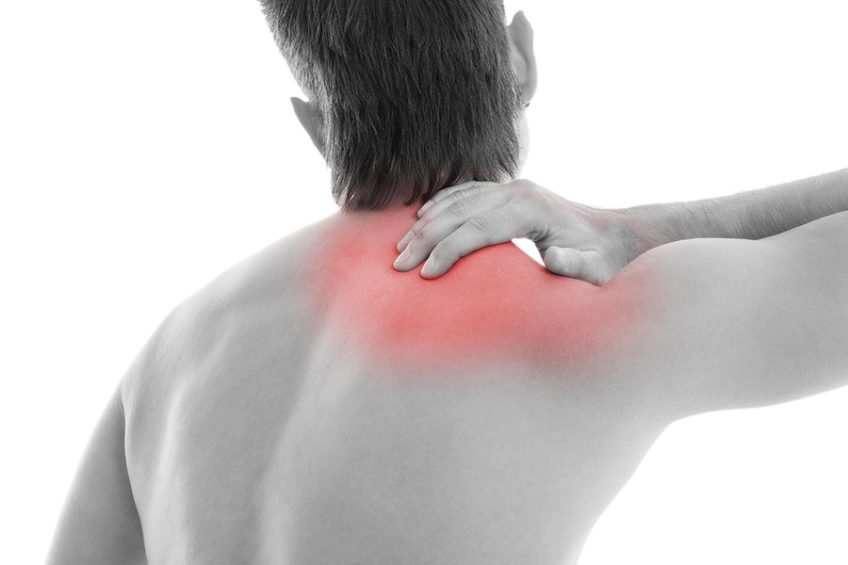Cervical Spondylosis means damage to one or more intervertebral discs. Symptoms of this diagnosis may include: arm pain, shoulder pain, or shoulder pain. This diagnosis is important to treat with a well-developed plan to avoid complications such as degenerative disc disease.
Cervical Spondylosis occurs when the cells of the intervertebral disc stop regenerating. The main cause is the insufficient amount of oxygen, nutrients and water that lead to the aging of those cells. Another factor that could be at the root of cervical disc disease may be a previous neck injury. Beating, stretching or other previous stress on the neck can be a turning point in the progression of this disease.
This disease generally occurs from the age of 45 to 55 years. Both women and men can be affected.
CONTENT:
- Causes of Cervical Spondylosis
- What are the symptoms of Cervical Spondylosis
- What are the methods of diagnosing Cervical Spondylosis
Causes of Cervical Spondylosis
The most common causes of sore throat are dislocations and sprains, and they heal in a few days or weeks. A dislocation or a sprain occurs when a muscle or tendon is irritated by excessive use or overextension.
Common causes of neck pain include:
- Sleeping in the wrong position. A person may wake up in the morning with neck pain due to sleep in an awkward or atypical position that forces the neck.
- Sports injury. If a person suddenly moves his or her neck or is hit by another player in a particular sport, the nerves in the neck may be affected and pain, numbness, and weakness may occur that may radiate to the shoulder and arm.
- Repeated movements. Turning the head in a repetitive manner, such as from side to side while dancing or swimming, can lead to excessive use of the muscles, tendons and ligaments of the neck.
What are the symptoms of Cervical Spondylosis?
The first sign that you may be thinking about having spondylosis is pain. This can be caused by a swollen intervertebral disc or a herniated disc. In the case of cervical spondylosis, you will feel pain in the neck – neck area. At first, it may be more intense when you spend a lot of time standing or when you are tired and may go away after you rest. Over time, however, the pain may persist for long periods if neglected.
Other symptoms that occur if you suffer from spondylosis are:
- headache
- dizziness
- problems in maintaining balance
- stiff neck, stiffness (stiffness) – difficulty moving limbs or spine after a longer period of rest
If you suffer from cervical spondylosis, it is possible that at some point you may notice that the strength of your arms has decreased because this condition can also cause motor disorders. For this reason, it is recommended that you do not ignore any signs of the condition and seek the advice of a specialist who will diagnose and, if necessary, treat the condition.
What are the methods of diagnosing Cervical Spondylosis?
If you recognize any of the above symptoms or suspect that you may be suffering from spondylosis, you need to consult a doctor for a correct diagnosis. The diagnosis of spondylosis is made following a physical and neurological examination.
Physical examination
Your doctor will carefully examine your spine in detail to see if it is in normal shape or not. For this, it will be necessary to sit in various positions, according to the doctor’s instructions – bent forward, sideways, backwards – so that he can notice any irregularity in the case of your spine. The specialist also checks the spine by palpation to see if there are more sensitive or painful areas, swelling and to detect the inflamed area.
Radiography
Radiographs are needed to diagnose spondylosis because they indicate the presence of osteophytes or thinning of the intravertebral disc. Thus, they help to detect the cause and to recommend a correct treatment.


